SuperEx丨GameFi Projects Heating Up: AI + GameFi Emerging as a New Trend
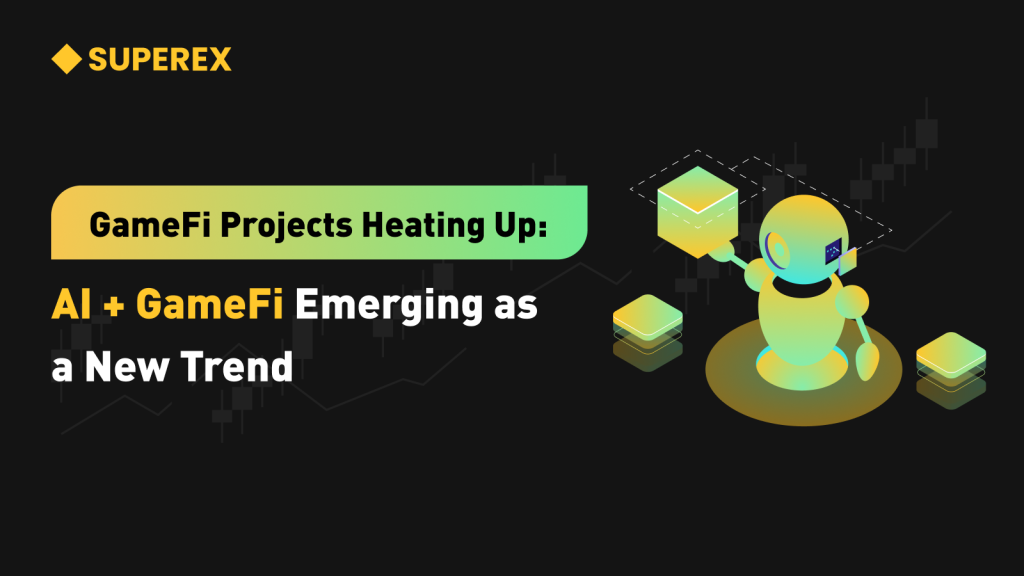
#SuperEx #GameFi #AI
In 2024, GameFi has regained significant traction in the blockchain industry, emerging as a hotbed for technological innovation and investment. The new narrative of “AI + GameFi” has not only injected fresh energy into the sector but also redefined the potential and structure of blockchain gaming. By analyzing the reasons behind the resurgence of GameFi, the empowerment of AI, and market trends, we can comprehensively understand the opportunities and value within this space.
- Click to register SuperEx
- Click to download the SuperEx APP
- Click to enter SuperEx CMC
- Click to enter SuperEx DAO Academy — Space

GameFi’s resurgence is largely driven by the return of its user base and the influx of new players. According to DappRadar, as of Q3 2024, GameFi’s daily active wallets (DAUs) increased from 500,000 in 2023 to 850,000, a nearly 70% growth. This rise reflects the successful efforts of established projects like Axie Infinity and The Sandbox to enhance user experience, alongside the emergence of new GameFi projects carving out significant market shares.
The recovery of the broader cryptocurrency market has also boosted GameFi. Bitcoin’s value surged by approximately 30% in the first half of 2024, while Ethereum gained significant traction through Layer 2 scaling solutions. This improved market environment has attracted investors back to the GameFi sector, creating abundant funding opportunities for developers.
AI integration has introduced revolutionary changes to GameFi. While traditional GameFi models were predominantly centered on the “Play-to-Earn” concept, AI has expanded these boundaries by enhancing the depth and entertainment value of blockchain games. Generative AI, for instance, has broadened the scope of game design, delivering immersive experiences. AI-powered projects like Gala AI dynamically generate in-game tasks, achieving a 72% player retention rate during testing, far exceeding the 40–50% typical of traditional GameFi projects.
AI has also been pivotal in refining GameFi’s economic models. A persistent issue in GameFi has been the unsustainability of token economies, with inflation often leading to token devaluation and player attrition. By leveraging AI for predictive analysis, developers can design more balanced tokenomics that ensure player rewards while maintaining ecosystem stability. For example, Illuvium utilizes AI to analyze player behavior data, dynamically adjusting token release schedules and allocation strategies, effectively stabilizing token value.
Beyond generative AI, machine learning and deep learning play critical roles in GameFi. Machine learning algorithms analyze player behavior to offer personalized rewards and achievements, enhancing user engagement. This customization not only enriches the user experience but also amplifies GameFi’s commercial appeal.
The rise of AI + GameFi has garnered robust support from venture capital markets. According to Crunchbase, the sector secured $1.2 billion in venture funding in H1 2024, accounting for over 20% of total blockchain industry investments. This trend highlights investors’ confidence in the sector’s future. Notably, prominent venture capital firm a16z has actively invested in AI + GameFi projects, including leading a $50 million Series A funding round for UltraPlay, while participating in industry events promoting the AI-GameFi synergy.
Regionally, the Asian market shows immense growth potential. Nations like China, South Korea, and Japan have a strong gaming culture and technological expertise that underpin GameFi adoption. For instance, South Korea’s Wemix platform combines AI-generated content (AIGC) with blockchain, attracting millions of players. Its flagship game boasts over 500,000 daily active users, making it a standout in the Asia-Pacific AI + GameFi market.
Blockchain data further illustrates the growing momentum of GameFi. Token Terminal reports a 58% year-on-year increase in on-chain transaction volumes for GameFi projects in Q3 2024. This uptick reflects rising activity within the ecosystem, underscoring the expanding influence of GameFi in the blockchain space.
AI + GameFi’s future is brimming with possibilities. On one hand, advancements in AI will reduce development costs, enabling more small and medium-sized teams to enter the field. On the other, blockchain upgrades, particularly through Layer 2 scaling, will enhance GameFi’s performance, supporting the integration of complex AI algorithms on-chain. Additionally, AI is likely to drive a wave of Player-Created Content (PCC), where players use AI tools to develop game assets and quests, creating new revenue streams within the GameFi ecosystem.
In conclusion, the resurgence of GameFi projects and the integration of AI technologies have not only revitalized blockchain gaming but also introduced a transformative narrative with enormous potential. The sector’s evolution is supported by technological advancements, increasing user demand, and strong capital investment. As AI and blockchain technologies mature, AI + GameFi is poised to become one of the most significant drivers of innovation within the blockchain industry.


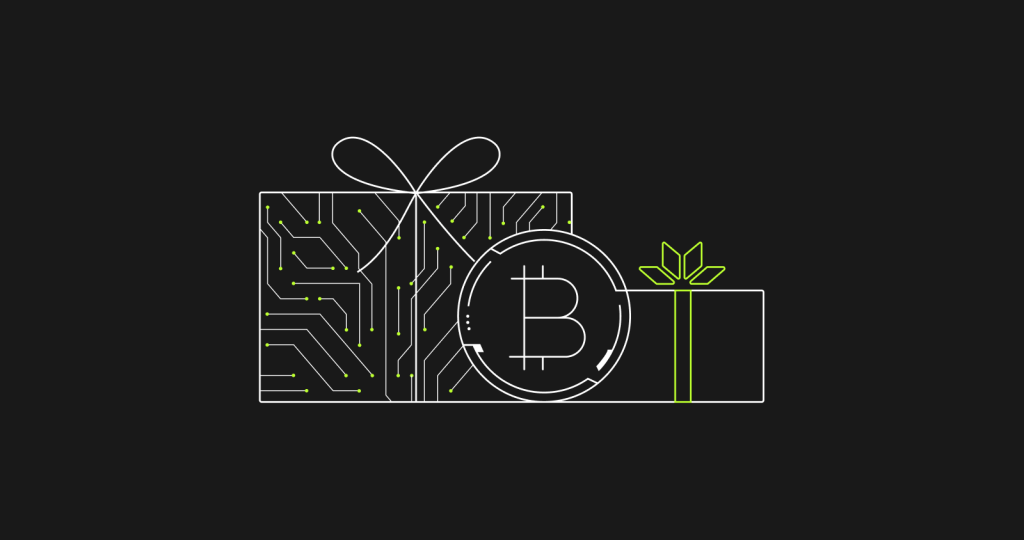
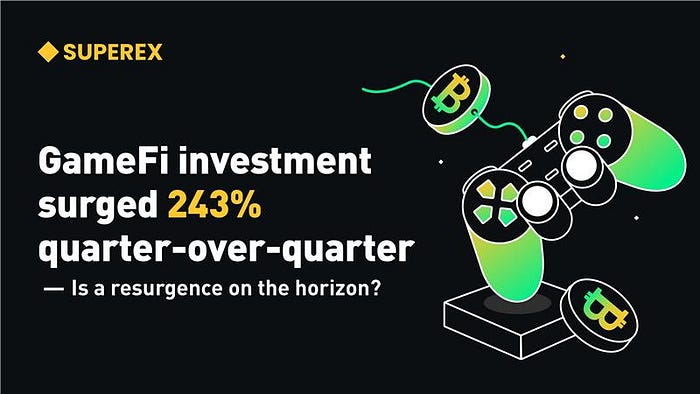
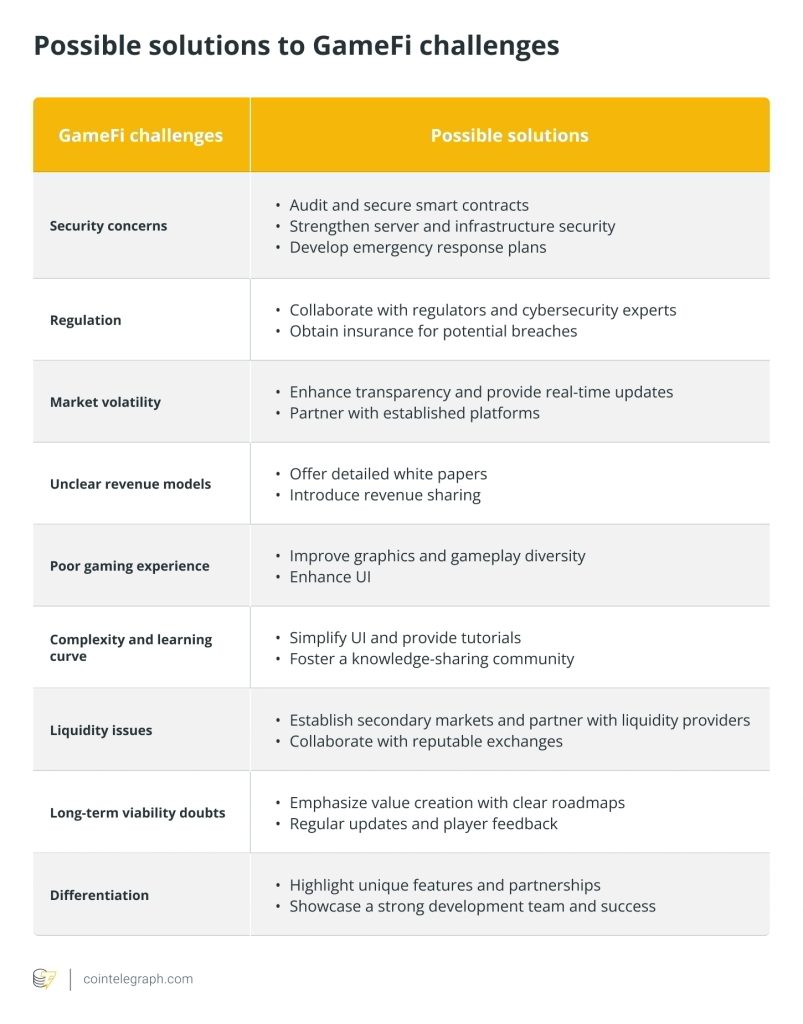

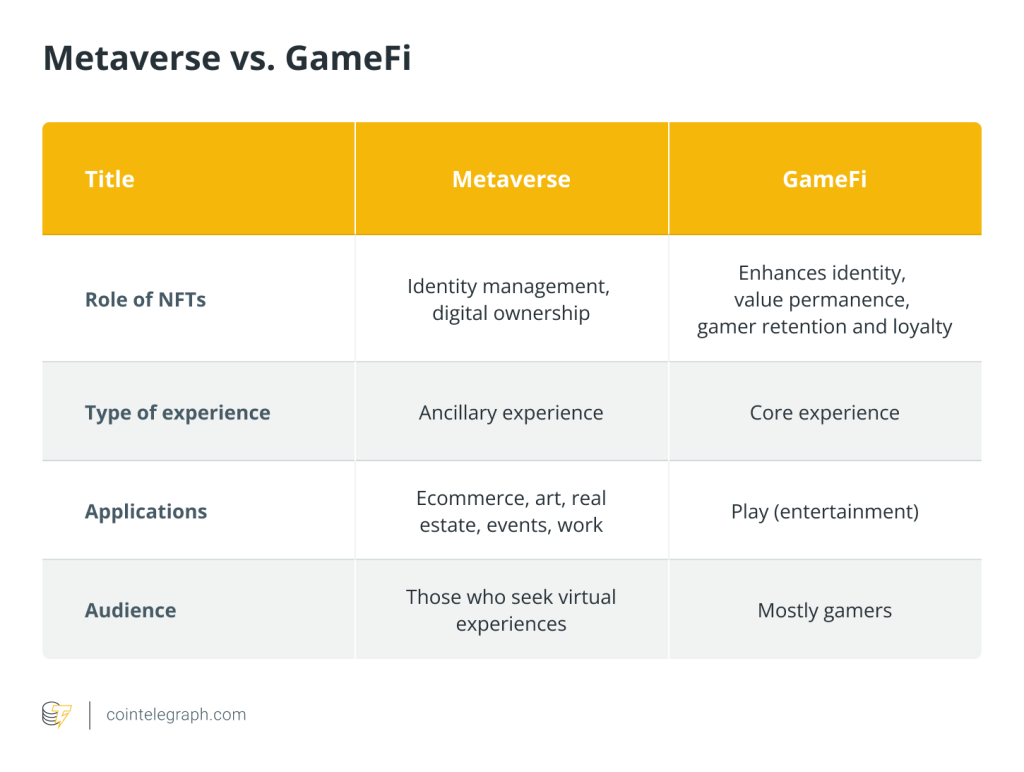
Responses